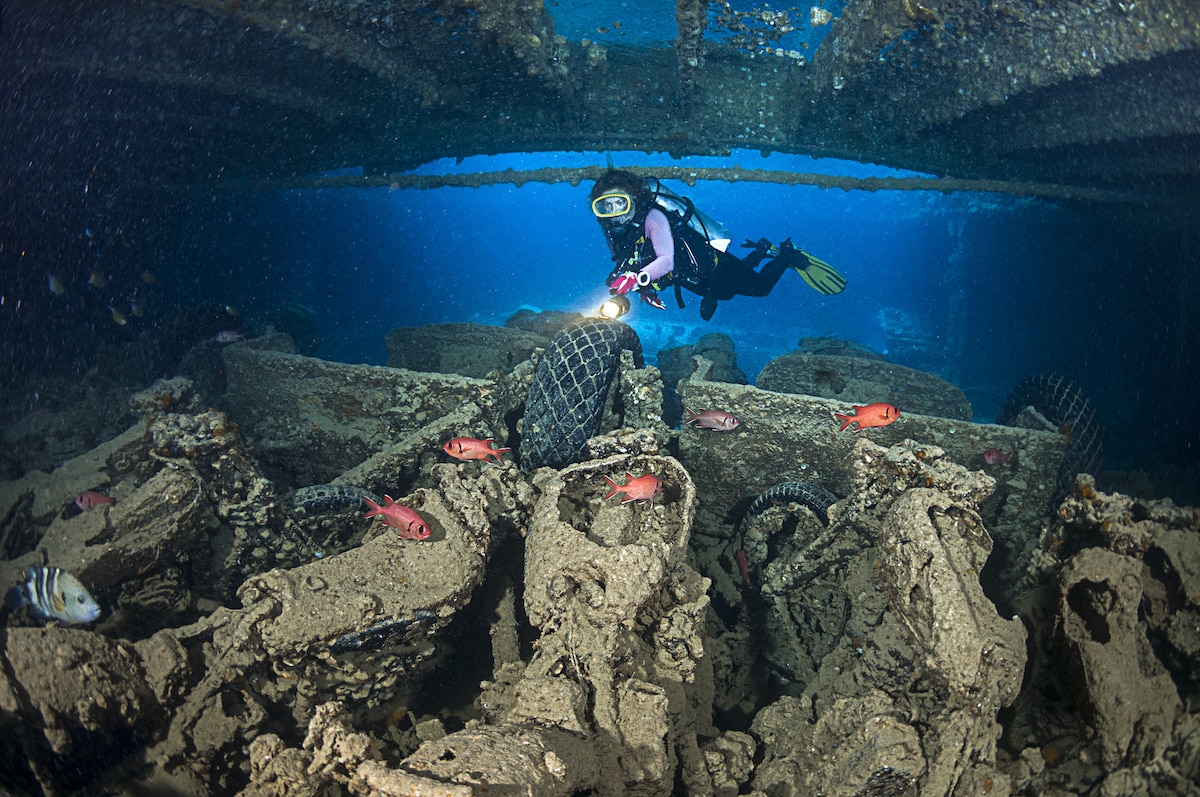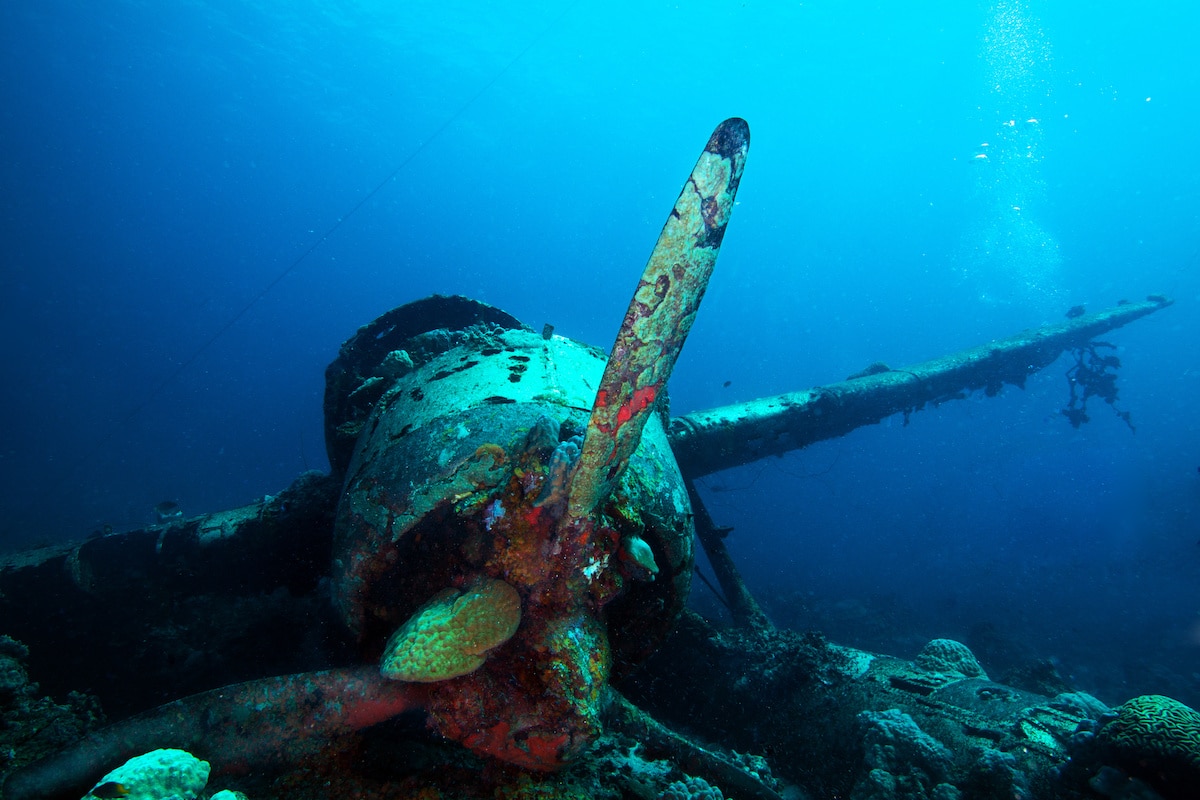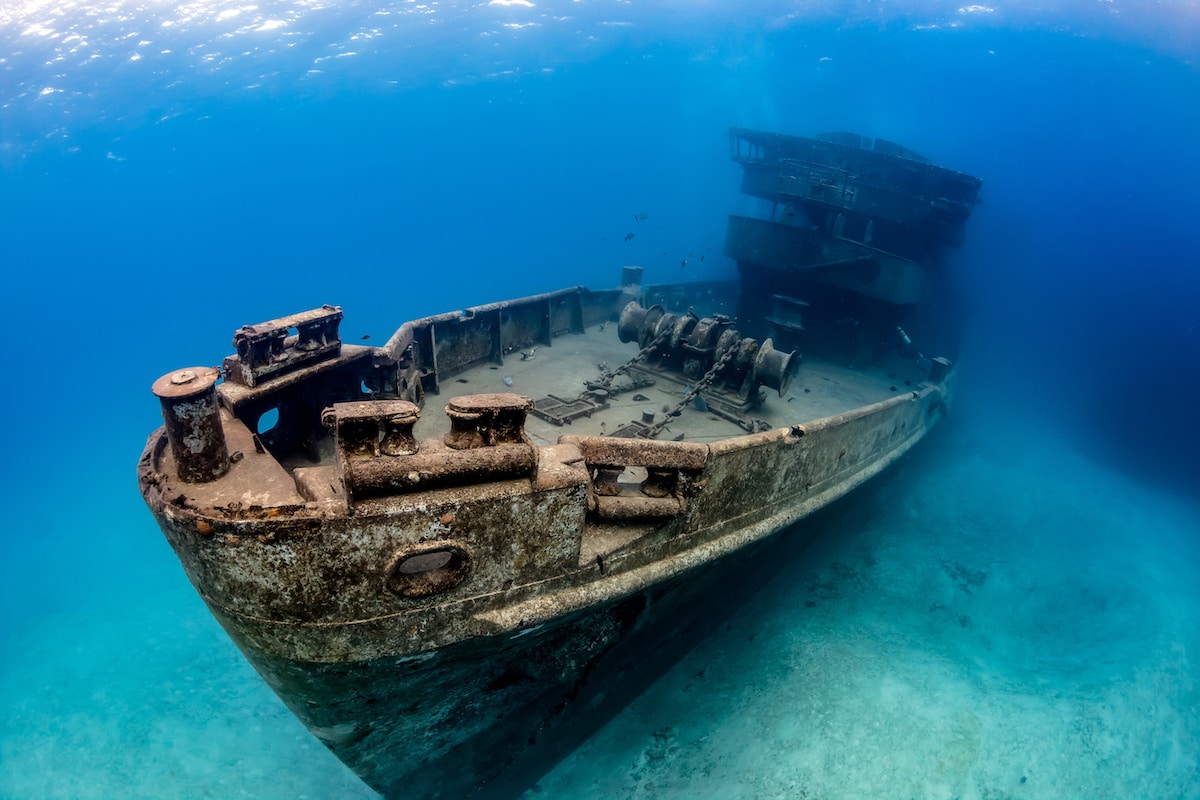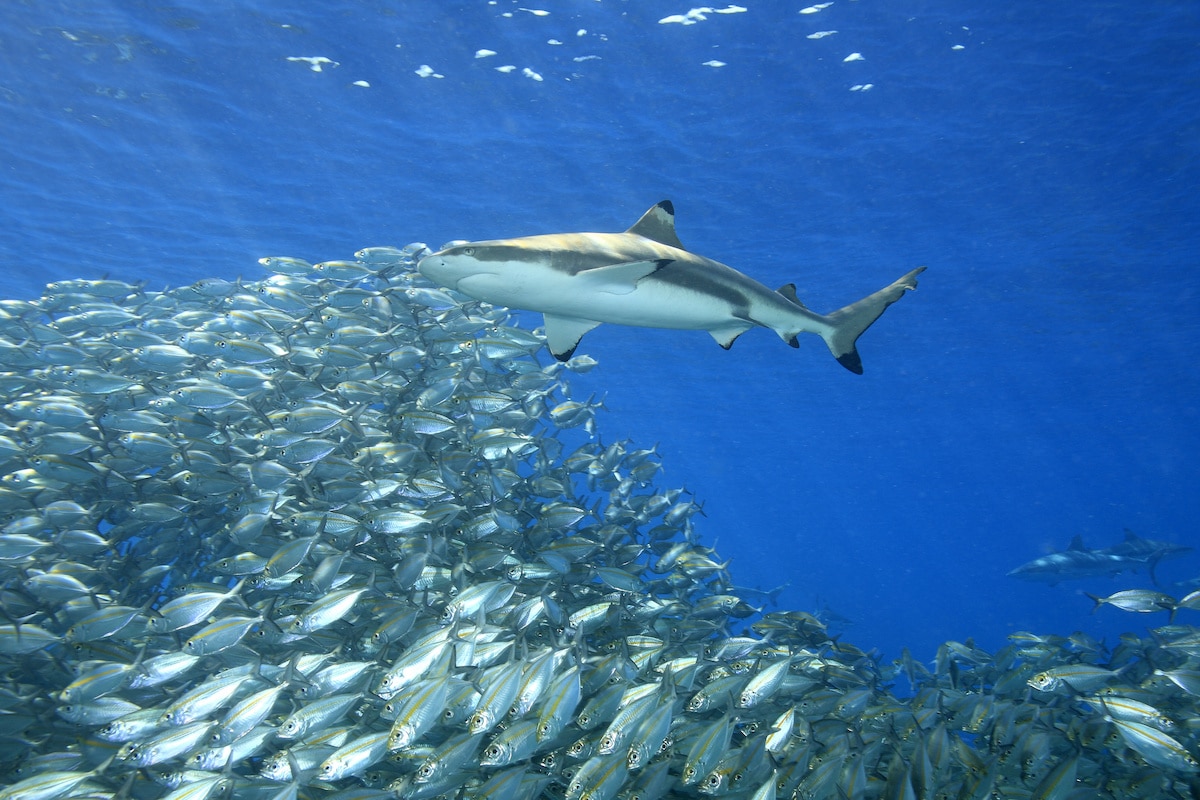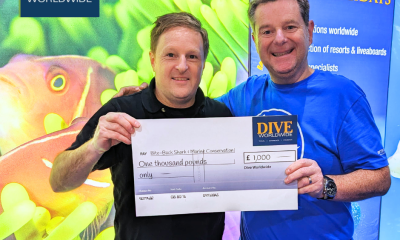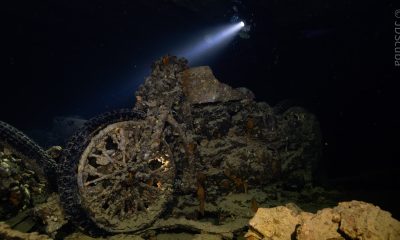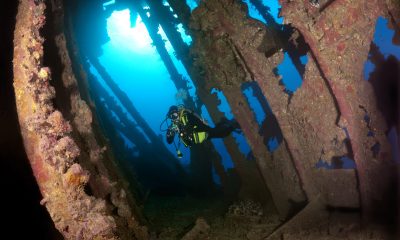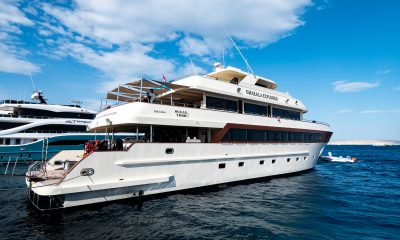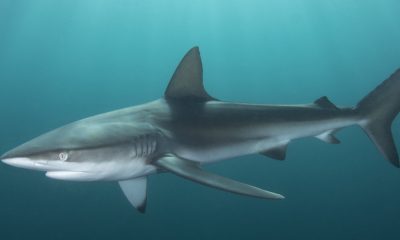News
Love Rust? Visit these 9 top Wreck Diving Destinations
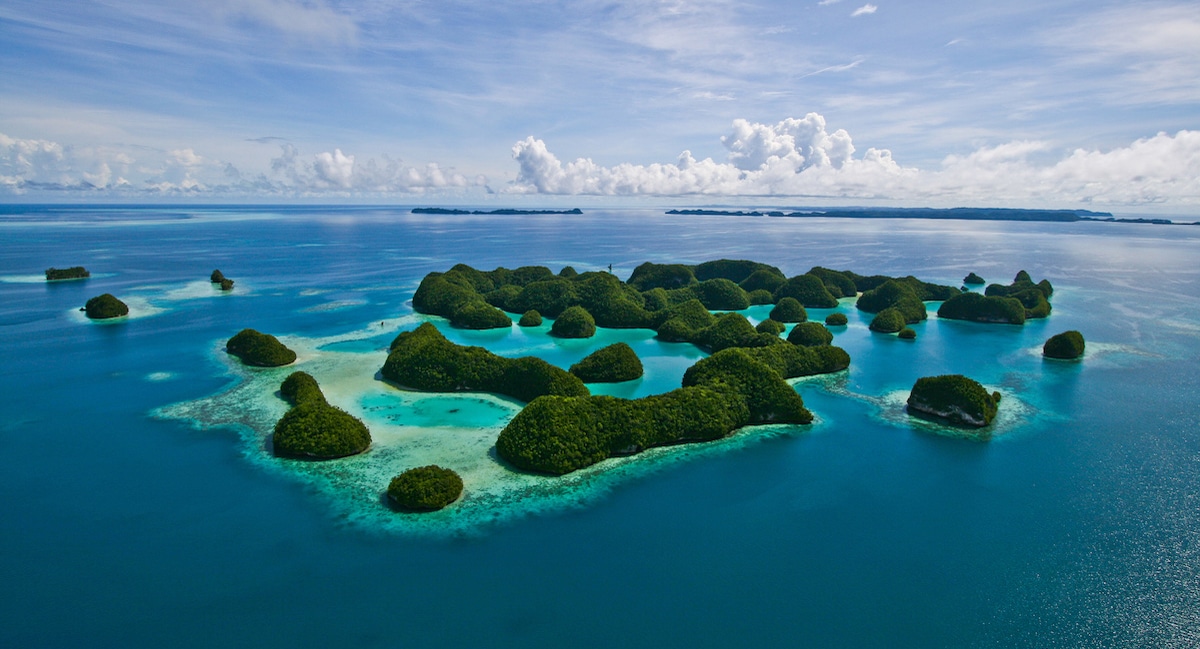
Wreck diving is a fascinating way to experience history first hand, learn new dive skills and explore abundant marine life in concentrated areas. It offers unusual photographic opportunities of wreck structures covered in corals, plus the chance to navigate the inside of eerie wrecks and find their cargo.
Once thought to be for experienced divers only, there are wrecks suitable for new and advanced divers alike, plus deep wrecks for tech divers only.
No matter your wreck diving preference, there’s bound to be something for you.
Find out more in our guide to nine of the best wreck diving destinations…
Egypt’s Red Sea
A mecca for scuba divers, Egypt’s Red Sea offers colourful reef diving and a wealth of wrecks for all experience levels to enjoy. The SS Thistlegorm, Egypt’s most famous wreck, is a great place to start your Egypt diving adventure.
Sitting in the Northern Red Sea since 1941, this wreck is a huge 122 meters long and you can explore the interior and exterior with ease. Full of motorbikes, trucks, guns and other cargo, you’ll be kept well-entertained as you discover the Thistlegorm’s many highlights.
Abu Nuhas ‘the ships graveyard’ hosts five of the best Red Sea wrecks; the Giannis D, Chrisoula K, Kimon M, Rosalie Moller and the Carnatic.
The 1869 Carnatic is a must-do dive for wreck fans. She’s the oldest Red Sea shipwreck accessible to divers.
When to go: There’s no bad time to visit the Red Sea.
Liveaboard options: The Emperor Echo offers both Southern Wrecks safaris and Get Wrecked itineraries, allowing you to make the most of your wreck diving time in the north and south.
Truk Lagoon, Micronesia
If you’re looking to combine far-flung idyllic island vistas with wreck diving, Micronesia’s Truk Lagoon could be for you.
Truk Lagoon, an old Japanese naval base in WWII, was attacked in 1944 by the US in Operation Hailstone; which resulted in more than 60 ships and 200 airplanes sinking. The lagoon now has more than 48 wreck dive sites to dive and the waters are filled with historical artefacts.
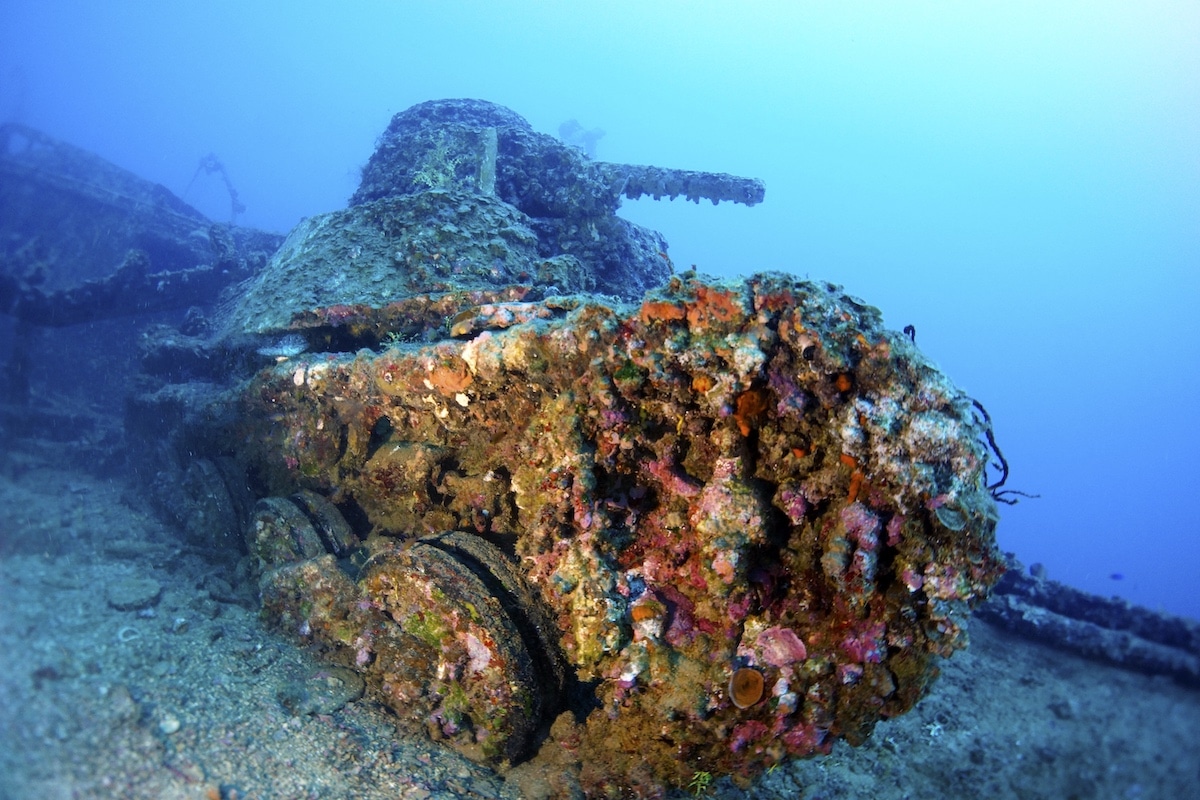
Nature is slowly taking over at Truk Lagoon and the wrecks are covered in bright corals and surrounded by schools of groupers, barracuda, sea turtles and numerous reef fish. The diving is easy-going thanks to the calm lagoon waters and there are many wrecks at 18 to 40 meters, plus a good selection of wrecks at 40 to 60 meters for tech divers.
Don’t miss the San Francisco Maru or the Shinkoku Maru for night wreck diving.
When to go: All year
Liveaboard options: The Truk Master offers year-round Truk Lagoon safaris. The Thorfinn is ideal for tech divers, offering special tech-wreck diving packages.
Palau, Micronesia
Another popular choice for Micronesia diving, Palau offers the best of both worlds: excellent wreck diving and a variety of other dive sites. It’s ideal for divers who want to try wreck diving whilst also enjoying reef dives and pelagic action in the big blue.
Be sure to dive the Iro Maru if you can. This large freighter, sunk at Palau in 1944, sits proud in the water. She’s a great wreck dive for corals, critter hunting and enjoying a multitude of reef fish.
When to go: November to April has the most pelagics and the best water visibility.
Liveaboard options: The Ocean Hunter III is a good small Palau liveaboard that works with divers to develop custom itineraries whenever possible.
Cayman Islands
You’ll certainly be busy at the Cayman Islands with over 350 dive sites to explore and numerous islands to cruise. If your focus is on wreck diving, you won’t be disappointed with the wrecks on offer there.
The USS Kittiwake, an impressive US submarine rescue vessel, is one of the iconic Cayman Islands wrecks to dive.
She sits in crystal-clear waters and has spacious corridors for easy navigation. She also makes a great night dive.
Other good Cayman Islands wreck options include the Balboa and Ore Verde wrecks, which can also be dived at night.
When to go: All year, though May and June have the best dive conditions.
Liveaboard options: The Cayman Aggressor V offers safaris that include wreck diving.
Solomon Islands
Another top destination for history buffs, the unspoilt Solomon Islands are home to numerous WWII wrecks. Don’t miss Iron Bottom Sound. This well-known sound contains over 200 ships and 690 aircraft, all sunk during the battle of Guadalcanal during the 1940s. You can dive amongst Japanese and American military relics, including minesweepers, destroyers, submarines, planes and troop carriers. There are complex wrecks for experienced divers, plus easy-to-navigate options for those newer to wreck diving.
Covered in corals, the wrecks make great photographic subjects and are often visited by mantas, sharks and pelagic fish.
When to go: All year
Liveaboard options: The Solomons PNG Master is a popular choice and offers unique Solomons WWII Wreck Week safaris.
Great Barrier Reef, Australia
The Great Barrier Reef might not be an obvious choice for wreck diving but it has one of the world’s best-preserved wrecks to offer; the SS Yongala. Sitting just off the Queensland coast, in the centre of the GBR, this wreck is stunning. She sank in 1911 and is in great condition, protected by the Historic Shipwrecks Act, which prevents anyone from penetrating the wreck.
The interior is virtually untouched and the wreck is crowded with marine life including thriving corals and fish life. You can spot bull rays around the wreck and you might even see bull sharks. Just make sure you dive there multiple times; there is that much to see.
When to go: June to August offers the best water visibility.
Liveaboard options: The Spoilsport liveaboard offers limited Yongala expeditions, ranging from 2 to 4-night trips.
Coron, Philippines
Coron is well off the beaten path and is fast gaining a reputation as one of the best places in the world for wreck diving. There is a fleet of WWII Japanese supply shipwrecks to discover around Coron’s islands and the vessels range from small gun boats through to tenders and tankers. Many of the wrecks are still intact with equipment onboard, truly bringing history to life.
The Irako, an intact Japanese refrigeration ship, is considered one of the best Philippines wrecks and has resident groupers, turtles and rays. The Nanshin Maru is a good choice for new wreck divers, as she sits in shallower clear waters.
Other highlights include the intact crane on the Akitsushima and the striking Olympia Maru freighter. Whichever wreck you dive, be sure to search for the diverse and colourful macro life found there.
When to go: November to May.
Liveaboard options: The Flying Dolphin III small catamaran caters to just 8 guests and is a unique option for Coron wreck diving.
Bali, Indonesia
If you’re heading to Indonesia, make sure you take time to visit Bali and dive the USAT Liberty shipwreck. Sitting at a depth of 8 to 30 meters, she’s suitable for new divers to experience and is absolutely covered in corals. As well as corals, the wreck hosts abundant reef fish and garden eels. You can spot blacktip reef sharks cruising the wreck, plus schools of barracuda drifting by. Make sure you’re in the water early to avoid any dive crowds and enjoy the marine life all to yourself.
When to go: All year.
Liveaboard options: The Mermaid I offers Bali dive safaris that include the USAT Liberty.
Bikini Atoll, Marshall Islands
Bikini Atoll was made famous by US atomic bomb tests in the 1940s and 1950s, which included dropping a 15 megaton TNT hydrogen atomic bomb on a mock naval fleet in Bikini atoll. One thousand times more powerful than the bomb dropped on Hiroshima, it left a crater 2km wide and 74 meters deep; creating numerous wrecks. Now open for diving, Bikini Atoll has an abundance of tech-wreck dive sites lying below recreational dive limits and full of marine life. If you’re an experienced tech-wreck diver looking for an adventure, don’t miss it.
When to go: May to July
Liveaboard options: The Truk Master offers Bikini Atoll safaris from May to July each year.
This article was written by divers and writers at LiveAboard.com
News
Dive Worldwide Announces Bite-Back as its Charity of the Year

Over the next 12 months, specialist scuba holiday company Dive Worldwide will be supporting Bite-Back Shark & Marine Conservation with donations collected from client bookings to any one of its stunning dive destinations around the world. The independently-owned operator expects to raise £3000 for the UK charity.
Manager at Dive Worldwide, Phil North, said: “We’re especially excited to work with Bite-Back and support its intelligent, creative and results-driven campaigns to end the UK trade in shark products and prompt a change in attitudes to the ocean’s most maligned inhabitant.”
Bite-Back is running campaigns to hold the media to account on the way it reports shark news along with a brand new nationwide education programme. Last year the charity was credited for spearheading a UK ban on the import and export of shark fins.
Campaign director at Bite-Back, Graham Buckingham, said: “We’re enormously grateful to Dive Worldwide for choosing to support Bite-Back. The company’s commitment to conservation helps set it apart from other tour operators and we’re certain its clients admire and respect that policy. For us, the affiliation is huge and helps us look to the future with confidence we can deliver against key conservation programmes.”
To launch the fundraising initiative, Phil North presented Graham Buckingham with a cheque for £1,000.
Visit Dive Worldwide to discover its diverse range of international scuba adventures and visit Bite-Back to learn more about the charity’s campaigns.
MORE INFORMATION
Call Graham Buckingham on 07810 454 266 or email graham@bite-back.com
Gear News
Scubapro Free Octopus Promotion 2024
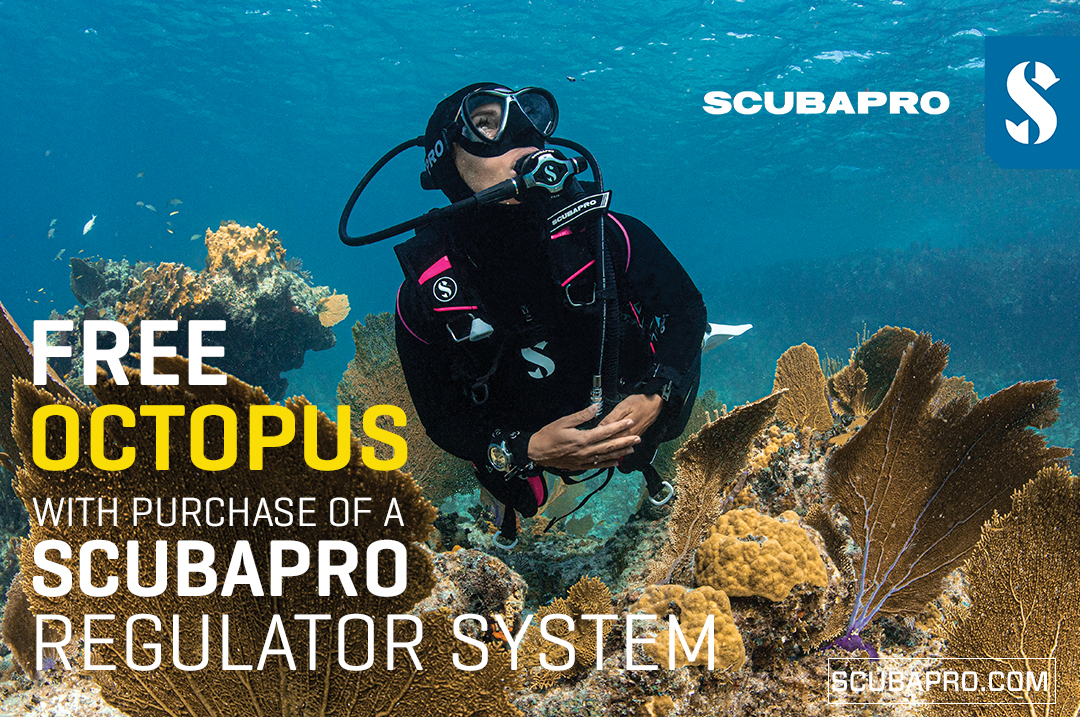
Free Octopus with every purchase of a SCUBAPRO regulator system
Just in time for the spring season, divers can save money with the FREE OCTOPUS SPRING PROMOTION! Until July 31st SCUBAPRO offers an Octopus for free
with every purchase of a regulator system!
Get a free S270 OCTOPUS with purchase of these combinations:
MK25 EVO or MK19 EVO with A700
MK25 EVO or MK19 EVO with S620Ti
MK25 EVO or MK19 EVO with D420
MK25 EVO Din mit S620Ti-X
Get a free R105 OCTOPUS with purchase of the following combinations:
MK25 EVO or MK19 EVO with G260
MK25 EVO or MK17 EVO with S600
SCUBAPRO offers a 30-year first owner warranty on all regulators, with a revision period of two years or 100 dives. All SCUBAPRO regulators are of course certified according to the new European test standard EN250-2014.
Available at participating SCUBAPRO dealers. Promotion may not be available in all regions. Find an authorized SCUBAPRO Dealer at scubapro.com.
More information available on www.scubapro.com.
-
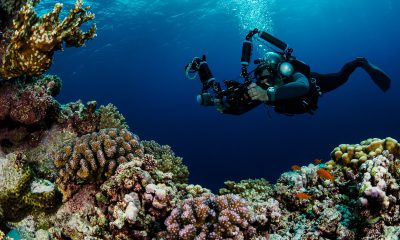
 News3 months ago
News3 months agoHone your underwater photography skills with Alphamarine Photography at Red Sea Diving Safari in March
-
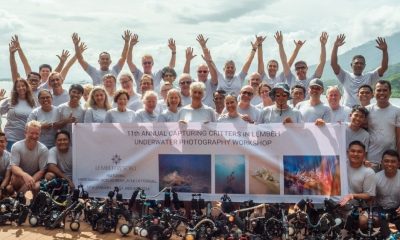
 News3 months ago
News3 months agoCapturing Critters in Lembeh Underwater Photography Workshop 2024: Event Roundup
-
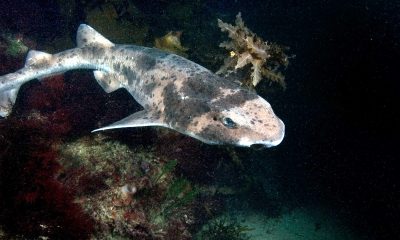
 Marine Life & Conservation Blogs3 months ago
Marine Life & Conservation Blogs3 months agoCreature Feature: Swell Sharks
-

 Blogs2 months ago
Blogs2 months agoMurex Resorts: Passport to Paradise!
-
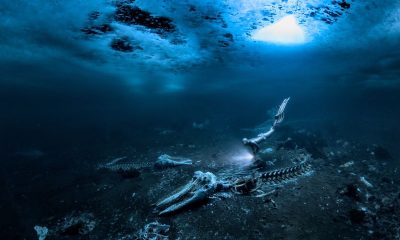
 Blogs2 months ago
Blogs2 months agoDiver Discovering Whale Skeletons Beneath Ice Judged World’s Best Underwater Photograph
-
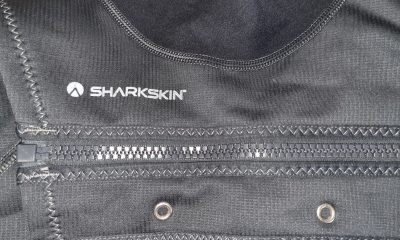
 Gear Reviews2 weeks ago
Gear Reviews2 weeks agoGEAR REVIEW – Revolutionising Diving Comfort: The Sharkskin T2 Chillproof Suit
-
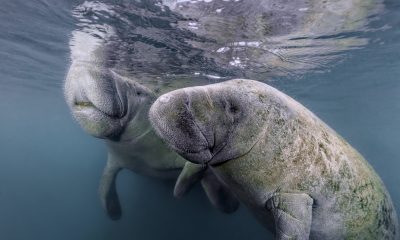
 Marine Life & Conservation2 months ago
Marine Life & Conservation2 months agoSave the Manatee Club launches brand new webcams at Silver Springs State Park, Florida
-

 Gear Reviews3 months ago
Gear Reviews3 months agoGear Review: Oceanic+ Dive Housing for iPhone


